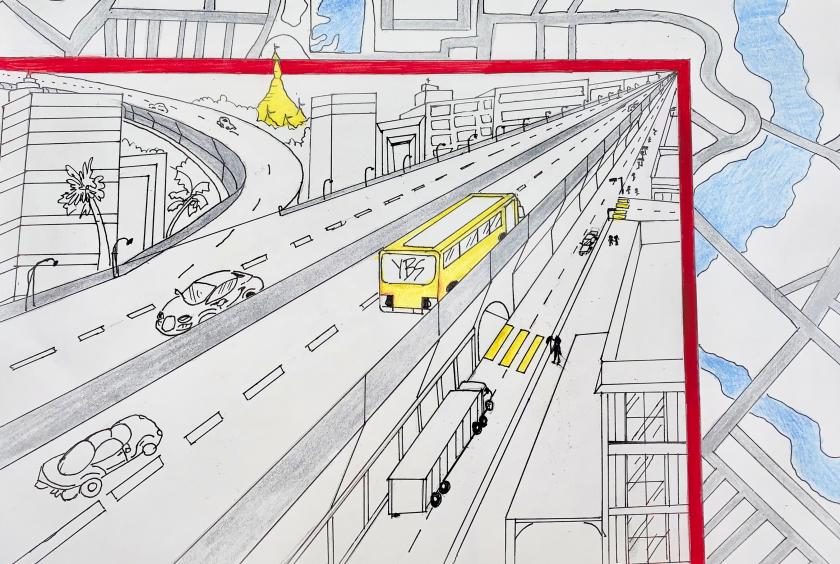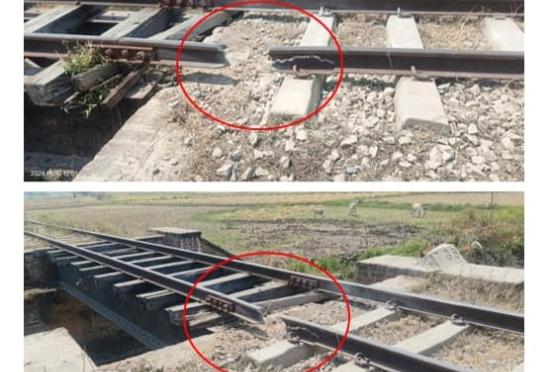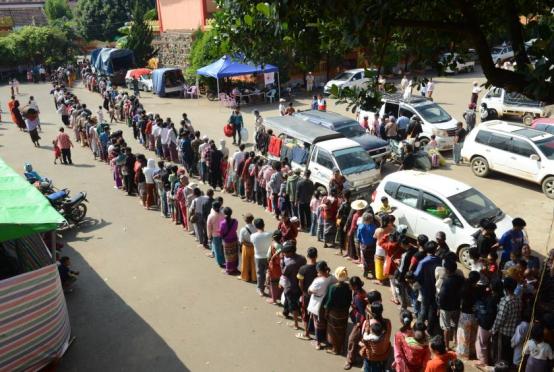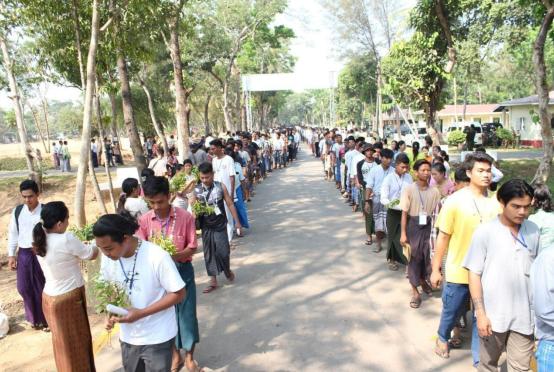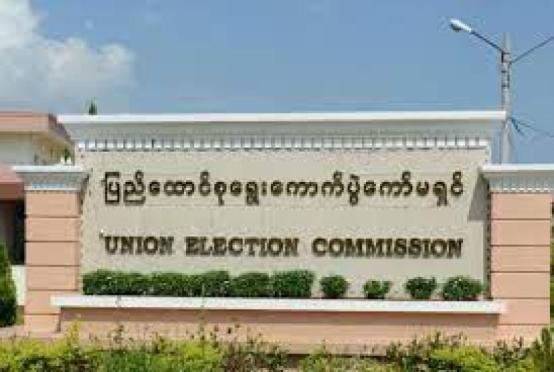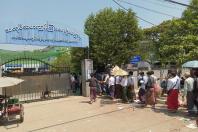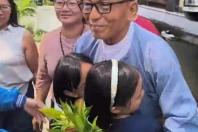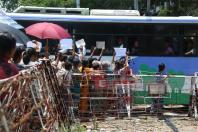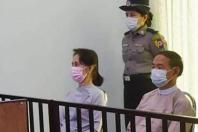Question: “First and foremost, what is in store for the future of transportation in Yangon? What are some of the goals of these proposed large scale projects and expressways?”
Answer: “The Ministry of Construction, with goals to create new networks of transportation, plans to build two elevated highways: one within and one encircling Yangon city. The elevated expressways within the Yangon city is to be called the Yangon Inner Ring Road (YIRR). While a highway which circles outside the city is to be deemed Yangon Outer Ring Road (YORR). These roads both have very important goals:
The Inner Ring Road, of course is a way of alleviating congestion. It is meant to connect parts of the city divided by far winding roads, impossible traffic without destroying existing neighborhoods.
The Outer Ring Road serves a much greater purpose: it connects GMS East-West Economic Corridor. Meaning if a proper highway is built, the corridor that flows from the Da Nang ports of Vietnam, through Laos, and Thai industrial and economic zones, will arrive at the ports of Yangon. This will flow in trade and commerce into Yangon and nearby economic zones like Thilawa SEZ. If this highway is built, South China Sea and the Indian Ocean will become connected by land. Exports from the country can flow easily towards the lucrative and swarming trading ports of Da Nang by South China Sea. And trading from the South China Sea can transport through the GMS corridor to the Indian Ocean. Japanese investors also benefit from connecting their economic and industrial zones in Thailand to the Japanese-dominated economic zone of Thilawa.
Actually, the YIRR and YORR are simply part of a larger project. The Ministry of Transportation and Communications have set forth a large scale project—a master plan— called the YUTRA. This project can be divided into three separate sections each with different government agencies in command. The first section, the Urban At-grade Networks, is meant to upgrade and repair existing roads in Yangon city. While the second section consists of the Urban Expressway Networks and Urban Transportation Networks, which is meant to create new efficient and effective modes of public transport across Yangon region. Lastly, the third section of the YUTRA concerns two mass transport systems: Yangon Bus Service (which the Yangon Regional Government supervises) and the YUMRT or rapid railway transit system (monitored by the Ministry of Transportation and Communications).
According to the constitution, the Yangon City Development Committee (YCDC) will preside over the first phase the Urban At-grade Networks, while, we, the Ministry of Construction will supervise the creation of new modes of transport.”
Question: “Of these two beltway projects, which one will begin first? Can they start construction by 2020?”
Answer: “The Inner road will be constructed by a joint private and national committee called the PPP. What this means is that private firms who seek to invest in the beltway will work under government regulation and will aim to meet its demands for the city. The final decision of the operating firm will be made in October of 2019 and construction will begin in 2020.”
Question: “As of now, it is a ‘Tinder Process.’ Companies submit their project proposals to the ministry, and the ministry will decide whom to grant permit to, is that correct? Currently, 10 firms have proposed plans to the ministry, most of them being Chinese companies. How does the ministry decide which firm to give the reins to?”
Answer: “We aim to choose a firm that best benefits the people in Myanmar. We are not choosing by the nationality of the company. Our primary focus is choosing a project that will sustainable development to the economy and the living standards for the people of Myanmar. It does not matter if the company is Korean or Chinese, we will select the most beneficial, ethical, and sustainable project.
We are also working together with the IFC on this matter. The International Finance Corporation offers investment, advisory, and asset-management services to encourage private-sector development in less developed countries. The IFC’s valuable advisory helps us decide the locations of the projects, management, and of course, which proposal to select. But ultimately, our goal is to select a choice that benefits the people of Myanmar.”
Question: “How far does the outer ring go, does it encircle the city area entirely? What are the plans for this?”
Answer: “There are four parts of the Outer Ring Road. The Eastern region connects the Thilawa SEZ all the way to Hlegu. This section is about 65 kilometers. The Northern section connects Hlegu to Hmawbi to Shwepyithar. The Western section would connect Shwepyithar to Hlaingtharya to Twante. From Twante, the southern section would continue to Dala, then connects back into Thilawa. The entire ring road would be approximately 140 kilometers.”
Question: “Approximately how much money will this massive infrastructure require? Will the entirety of the investment be from private pockets? If the government were to invest as well, will it use ODA Loans?”
Answer: “The two highway systems, inner and outer, are fundamentally different. They serve different needs and for this require different strategies of funding. The outer region, like I previously said, is nationally beneficial. It will not only connect the entire nation to the commercial center of Myanmar but also to the GMS corridor. This increased accessibility opens doors to increased exports and will decrease structural unemployment caused by geographical immobility. Which is why the government will be investing directly into the outer ring project, using development loans and funds. This fiscal spending injects large flows of money into the economy, increasing aggregate demand and improving the economy overall. This investment strategy will bring back much more to the nation in the long run.
The inner road, however, is a more commercial project. The Yangon population have been long demanding an express highway that cuts through heavily congested parts of the city. This significant demand for these roads have called for firms to close the disequilibrium. The inner road will be funded by private sector investment, whether it be foreign or domestic, under the supervision of the PPP. This strategy is also another way of bringing large scale foreign investments, which will create new jobs, decrease congestion, increase standards of living in the city, and generally make Yangon a better city to live in.”
Question: “What is the situation for the investment?”
Answer: “The inner ring road, is the first step. As of now, we are still in the process of negotiation with different companies. All firms are looking for stable governance and a committee that can and will provide their needs to build this project. Investors want to make sure they can have exclusive licenses, infrastructure, etc. and some we cannot provide. So, we are taking our time to get the best possible deal for all parties, but we are sure contracts can be finalized by October of this year.”
Question: “How long will the construction of the Inner Ring Road take? how does the ministry plan to prevent heavy road congestion during this construction phase?”
Answer: “The ministry estimates the construction of IRR will take about two to three years, from 2020 to 2022–23. To alleviate congestion within this period, we plan to increase the width of affected roads. Our goal is to keep the lane width of streets the same during the period as before. Traffic during these years will not be affected noticeably.”
Question: “If the roads are built on loans and debts, how does the government aim to earn back the investment? Approximately how much the toll of these express highways cost?”
Answer: “Now, we are still in the process of project proposal so it is still very hard to say. Different companies will of-course have different costs and the ministry will have to set the price accordingly. What we are certain about is that we will have surveys to approximate the prices of the toll gates. We want to make sure the costs of the highways are accessible to all walks of life. We built these roads for people to use, not to earn money. So, although we cannot give an estimate now, the ministry will make certain it is accessible to everyone.”
Question: “How will the inner and outer roads serve the nation in the long run?”
Answer: “As we all know, Yangon is Myanmar’s commercial and economic center. It is where all the major ports and companies lie. By building inner and outer express highways, it will bring in flows of national and international currency into the city. When foreign investment increases, aggregate demand in the nation increases boosting the entire economy. Like I mentioned before, many workers and laborers in Yangon have to commute for long hours to get to their workplaces. A shortened commute time will allow the labor force to work overtime, part time jobs, or work at places they couldn’t before. Geographical immobility is a large problem in Yangon, and increased accessibility can give higher wages. Not to mention new jobs created by the construction and maintaining the toll highways.
Investment into the highways, will directly and indirectly benefit the economy and the entire nation. The ministry has full confidence in these large scale projects, for the benefits far outweigh the costs in the long run.’
Question: “Would you like to add anything else?”
Answer: “I just would like to say to all citizens that nothing good comes without patience. This project will cost plenty of time and resources, but I assure you it will be very beneficial.”

